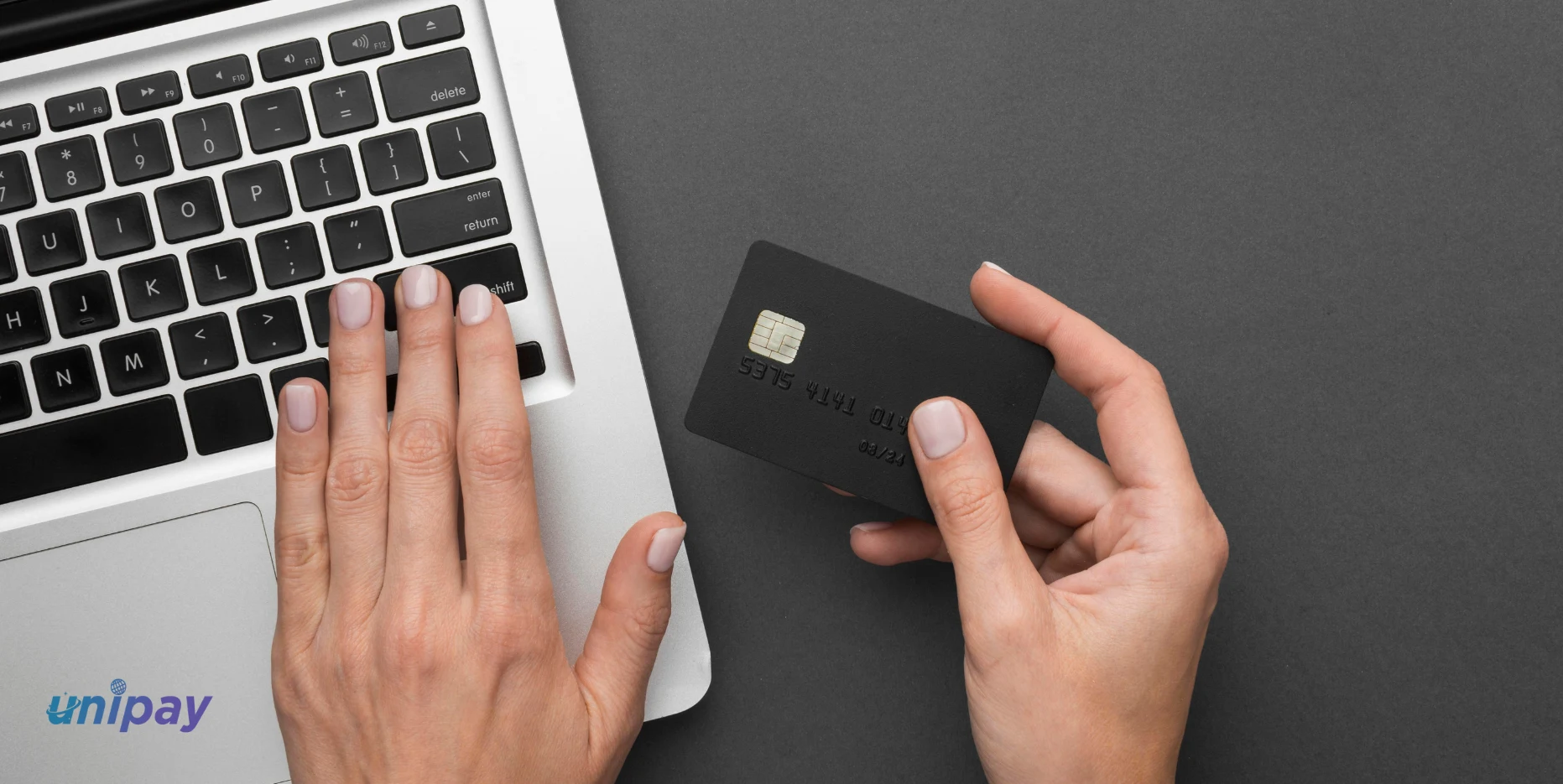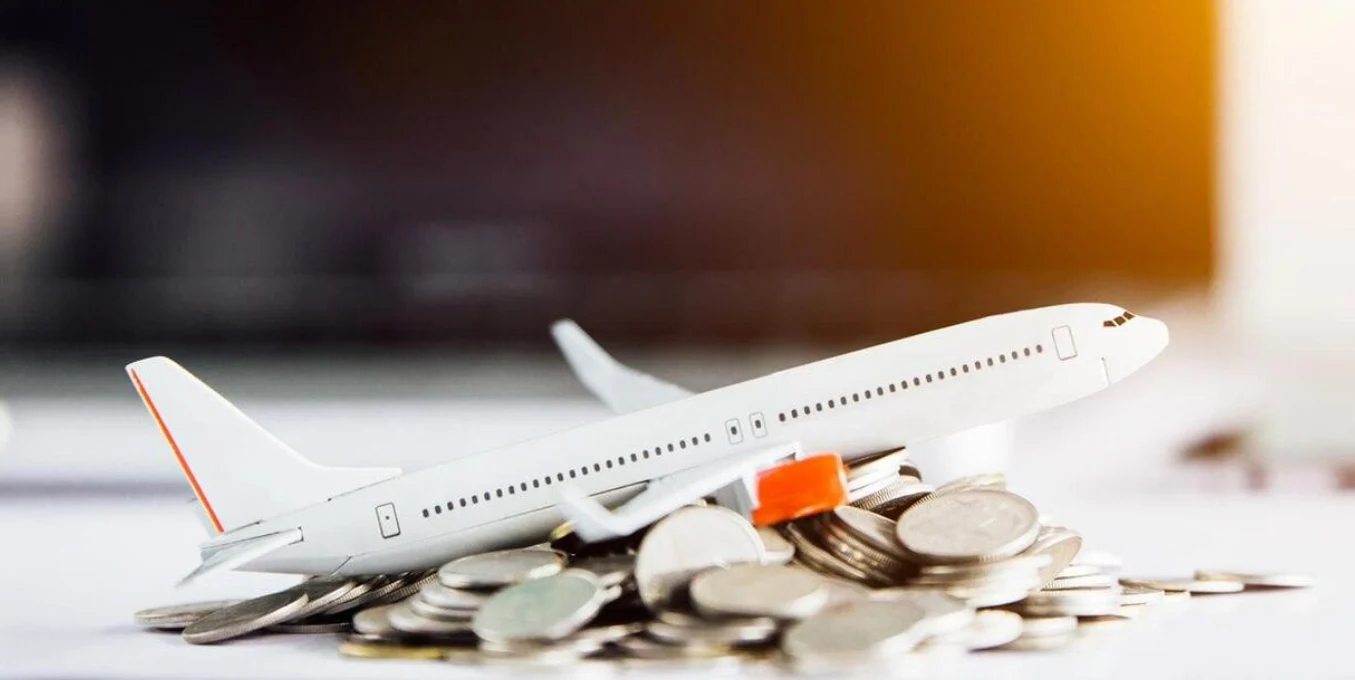Sending money abroad is a regular need for families, students, and businesses in India. But while the process looks simple, the actual cost is often higher than expected because of international money transfer fees and hidden charges.
According to the World Bank, Indians sent more than $125 billion in remittances in 2023, making India the world’s top recipient. With such a large volume of transfers, even small hidden costs like currency conversion mark-ups or wire transfer charges in India can eat into your money.
This blog will explain the different types of fees and the typical hidden fees in remittances. We will also discuss some smart ways you can reduce costs when transferring money internationally.
Common International Money Transfer Fees
When you transfer money overseas, the bank or money transfer provider does not simply transfer your funds. Various fees and charges are involved, most of which are not always visible upfront. Here are the most common ones:
- Transfer Fee: A flat fee paid to send money abroad. In India, there are banks that charge a fee of ₹500 to ₹1,500 for one transfer.
- Wire Transfer Charges in India: Both sending and receiving banks can deduct fees when you use SWIFT (the global system of transferring money). For example, when you transfer ₹1,00,000, the recipient might get a few thousand rupees less because of a shared bank fee.
- Exchange rate Mark-Up: It is the unseen price that is overlooked by most. Banks or transfer companies will usually impose a margin (2-4%) above the mid-market rate. It appears that you are getting the official rate, but in fact, you lose money during the conversion.
- Payment of Fees: Foreign banks charge fees to the recipient once the funds are credited to their account. This is either a fixed charge or a percentage of the received amount.
- Hidden Service Charges: Some providers offer zero fees, but they make their profit by charging high exchange mark-ups or through undisclosed charges.
Tip: It is always advisable to look at both the exchange rate they want to give and the transfer fee because the two will be used to calculate your true cost.
How to Spot Hidden Fees in Remittance Transactions
Many individuals compare services by looking at the flat transfer fee only. Nevertheless, the actual price can be hidden in the fine print. These are some pitfalls to be careful of:
1. Compare Exchange Rates, Not Just Fees
Most providers make additional profits at the exchange rate margin, even though transfer fees are the most apparent. For instance, a provider with a rate of ₹83 per USD and another with a rate of ₹81 may have a difference of ₹2, which can cost thousands of rupees on a larger transfer. Never forget to check the transfer fee and the exchange rate that is offered.
2. Check SWIFT and Intermediary Bank Deductions
When transferring money overseas through the wire, it usually goes through one or more other banks before it arrives at the destination. All these banks can deduct small amounts, each of which can go a long way. These charges are not always indicated upfront; thus, the recipient would receive less than what is expected.
3. Ask About Receiving Bank Charges
Although you might have paid the fees that were charged by your provider, the bank that receives the sum in a different country will deduct its own service fee from the amount. This is prevalent especially in countries with varied remittances. It is always good to know whether the recipient charges for such or not, just in case of a surprise.
4. Be Wary of “Zero-Fee” Marketing
Most providers claim there is no transfer fee, but they actually cover their costs by offering less favourable exchange rates. Although it seems appealing, there is a high chance that the recipient will receive a significantly lesser payout. You should always calculate how much your recipient will actually get, rather than just looking at quotes.
5. Understand Transfer Speed vs. Cost
It is not always necessary that every transfer has to be immediate, but accelerated versions tend to be pricier. Other services, such as same-day or express transfers, can be very expensive, but they might not be worth the money if the funds are not urgently needed. If you can wait a few days, slower alternatives tend to be less expensive in total.
Tips to Reduce International Money Transfer Fees
Hidden charges can take away your hard-earned money. But with some tips, you can hold on to more of your money in your pocket. The following are some practical ways to reduce fees and ensure your recipient receives the maximum amount possible.
1. Use Authorised and Reliable Channels
It is always preferable to deal with RBI-licensed operators, like Unipay Forex in India. These providers are regulated, making exchange rates and charges transparent. Using unofficial channels may seem cheaper, but there are high risks such as delays, untracked costs, and even fraud.
2. Compare Providers Before Sending
Not all transfers are equally priced. Certain banks might be more expensive in terms of fixed charges, and online platforms or money transfer operators might be cheaper. Before making a decision, compare other wire transfer providers in terms of their exchange rates, speed of transfer, and hidden fees.
3. Send Larger Amounts Less Frequently
Each transaction is charged, no matter how small. In the event of frequent money sending, make as many money transfers as possible into one big transfer. By doing so, you will save on recurrent charges and minimise the effects of flat charges.
4. Choose the Right Transfer Method
Various ways of sending, such as bank wire, online transfer, or remittance application, have different costs. Indicatively, sometimes an online transfer may be cheaper than a traditional bank wire. Compare the approaches that will fit your requirements in terms of cost and speed.
5. Monitor Exchange Rates
The rate of the currency changes daily, and transferring money when the rate is favourable can make a significant difference. Many apps and websites can help you follow exchange rates in real time or create notifications. Planning your transfer at the right time ensures better value.
Common Mistakes to Avoid During International Money Transfers
Even minor errors in a money transfer will add up to additional costs. Here are some common ones to avoid:
- Failure to verify the final received amount: It is easy to overlook mark-ups on exchange rates and the bank fees. This gives the receiver less than expected.
- Using unlicensed channels: Unlicensed agents might appear cheap, but they are risky, especially in terms of delay, hidden costs, or even fraud. Choose only the providers that are RBI-licensed.
- Frequent small transfers: Transactions are charged a flat rate. Cash transfers are cheaper when combined.
- Transfer speed vs. cost: Spending money on express transfers is a waste when there is no urgency. Time-based standard transfers are cheaper.
- Failure to keep proof: Without documentation, you have no means of tracing or challenging transfers. Confirmation should be saved until money is received.
Key Takeaways
International money transfers can be costly if you overlook hidden fees. Always compare providers, check exchange rates, and use authorised channels. Send larger amounts less frequently and track your transfers carefully. By following these simple steps, you can save money, avoid surprises, and ensure your recipient gets the full value of your remittance.
Frequently Asked Questions
How do I avoid bank charges on international transfers?
You can avoid bank charges on international transfers by using wire transfers for large payments and choosing cards with low or no foreign transaction or conversion fees. Paying in the local currency and using multi-currency cards also helps reduce hidden charges during business or personal travel.
How to avoid paying international transaction fees?
To avoid international transaction fees, use a travel card or multi-currency account with no foreign transaction charges. Always pay in the local currency and use bank-affiliated ATMs or exchange money beforehand to skip extra fees.
Do I have to pay a fee to receive money internationally?
Yes, you may have to pay a fee to receive money internationally. Additional charges can be deducted by overseas banks or the recipient’s bank, including currency conversion fees and other service charges.
How do I avoid bank charges on international transfers?
Use wire transfers for large amounts, cards with low or no foreign transaction fees, pay in local currency, and use multi-currency cards to reduce hidden charges.
What are some lesser-known ways to avoid international transaction fees?
Use multi-currency accounts, avoid dynamic currency conversion by paying in local currency, and try global payment platforms with lower fees.




